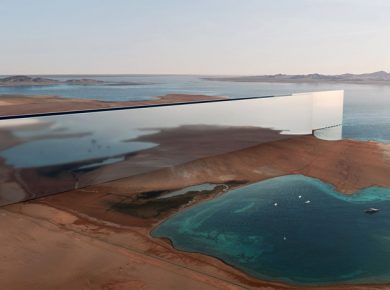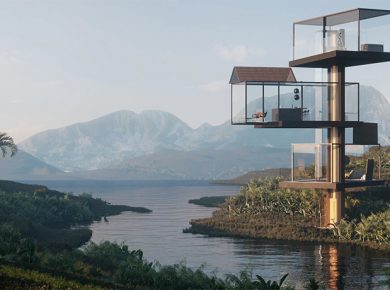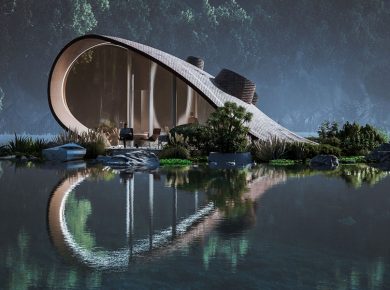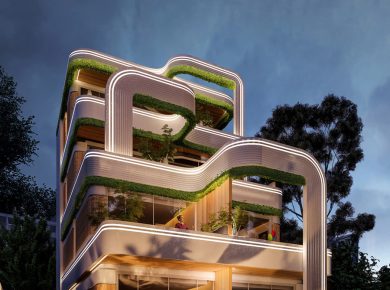
Jose Luis Perez Hermo, a computational designer by trade, recently participated in Midjourney Architecture 3.0 and Midjourney Design workshops. These sessions, led by Tim Fu, were transformative for Jose, particularly in how they influenced his approach to the ideation process. The workshops were not just theoretical but also practical, offering participants like Jose a chance to work on real-world projects. One such project was HexaHub, which became a case study in pushing the boundaries of architectural design through the use of AI tools.

HexaHub was not just any project; it came with a set of unique challenges presented by Tim Fu. The first constraint was that the project had to fit within the Honeycomb commercial Framework, serving as a mixed-use facility. The second was that the design should foster a sense of community, featuring flexible floor plans suitable for co-working spaces. The third and perhaps most challenging constraint was that the structure had to be hexagonal and eco-friendly. These constraints required a level of software guidance that went beyond Jose’s usual workflow.

Jose started by visualizing a sustainable structure made of bamboo that would blend seamlessly into its environment. At this stage, he had to be cautious with the AI tools he was using, ensuring that the images generated did not deviate into impractical or unbuildable designs. The focus was on establishing a visual narrative that was coherent from start to finish.

Tim Fu emphasized the iterative nature of this process. Jose began with the exterior designs, knowing that he would have to revisit them once he moved on to the interiors. The challenge lay in maintaining a holistic approach, ensuring that all spaces within the project were consistent and clearly part of the same overarching design.

AI tools were not new to Jose, but the workshops introduced him to new possibilities, particularly in the realm of text-to-image software. These tools allowed him to explore hundreds of design concepts quickly, from topology optimization to energy analysis. Tim Fu’s workshops also provided valuable insights into prompt-engineering, teaching participants how to enhance software comprehension by adding or repositioning words within the prompt. This was crucial for maintaining consistency between the interior and exterior designs.

While Jose had been a long-time user of Dall-E 2, the workshops introduced him to Adobe Firefly. As a Beta user, he found the experience exhilarating, especially when he learned that it would be integrated into other Adobe software. This made Adobe Firefly his go-to reference tool, replacing Dall-E 2 in his toolkit.

So, Jose Luis Perez Hermo’s experience in the Midjourney workshops led by Tim Fu was more than just educational; it was transformative. It changed his approach to design, introduced him to new tools, and provided him with a unique set of challenges that pushed him to innovate and think outside the box. Whether it was the HexaHub project or the introduction to new AI tools like Adobe Firefly, Jose found new avenues to channel his creativity and technical skills, setting a new standard for what is possible in the field of computational design. Be sure to check other amazing architectural projects.







